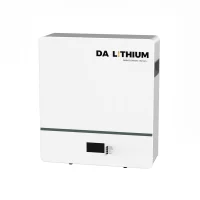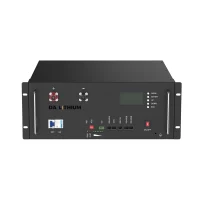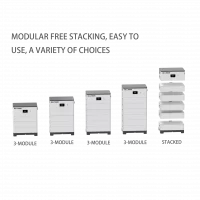Household Energy Storage System
Solar photovoltaics make households around the world energy-enough to produce clean electricity on-site, but without batteries, the energy must be used as it is produced. In fact, batteries can turn solar panels into a 24*7 power source instead of just a daytime power supply.
Current batteries have a 6,000-10,000 cycle guarantee. It differs from the usual 10-year product warranty, although the battery lasts longer than that.
The benefits of using DALITHIUM Household Energy Storage System
3 main types of batteries
Copper Acid Batteries – Traditionally used in off-grid power systems, but not widely used today
Lithium Ion Batteries – Most Common Battery chemistry and Growth Rate raising up continuesly.
Flow Batteries – Generally used for larger energy storage applications and envolving by degrees.
Deep-cycled lead acid battery to be considered as the traditional battery system. However, with lightweight, scalable, high efficiency and longevity benifits, lithium-ion batteries headed over and became the leading position by its flexibility. With the releasement of the Tesla Powerwall, interest grew rapidly and this is the when home storage batteries really went mainstream.
Advantages of Home Battery Systems
Reducing Emissions – reducing pollution and demand on grids dependent on coal and natural climate
Blackout Safety – Provides backup power in the event of a blackout or emergency
Reduced costs – save money by using less network energy
Become energy independent – store excess solar energy to reduce grid usage
Reduce peak demand – support the grid during peak hours and provide grid stabilization services
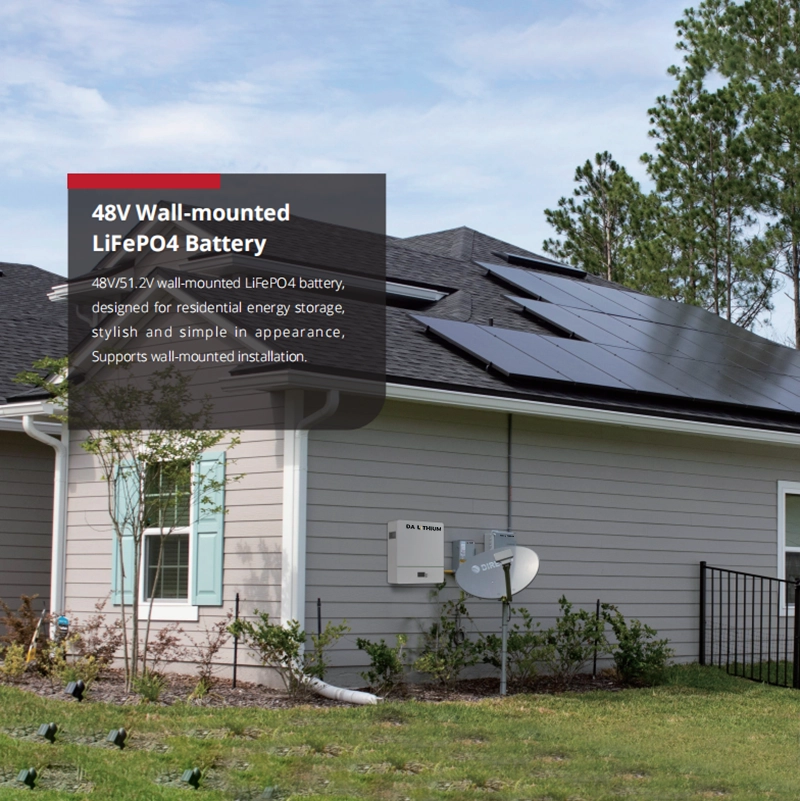
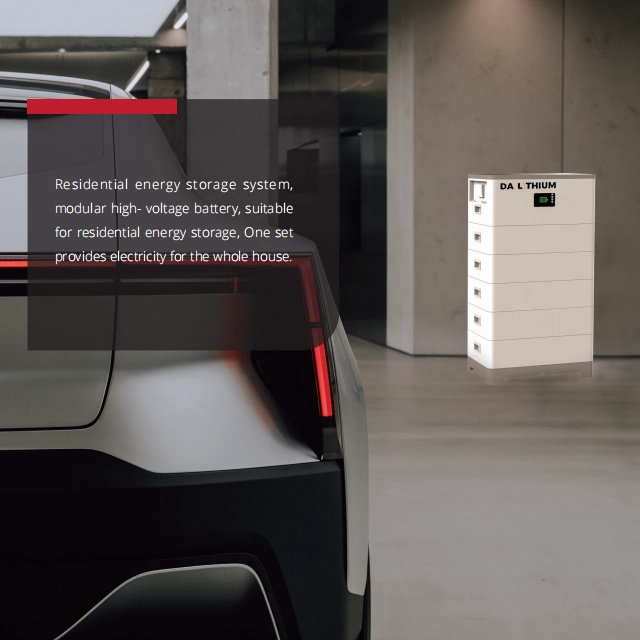
Check out latest products
Recommended Products
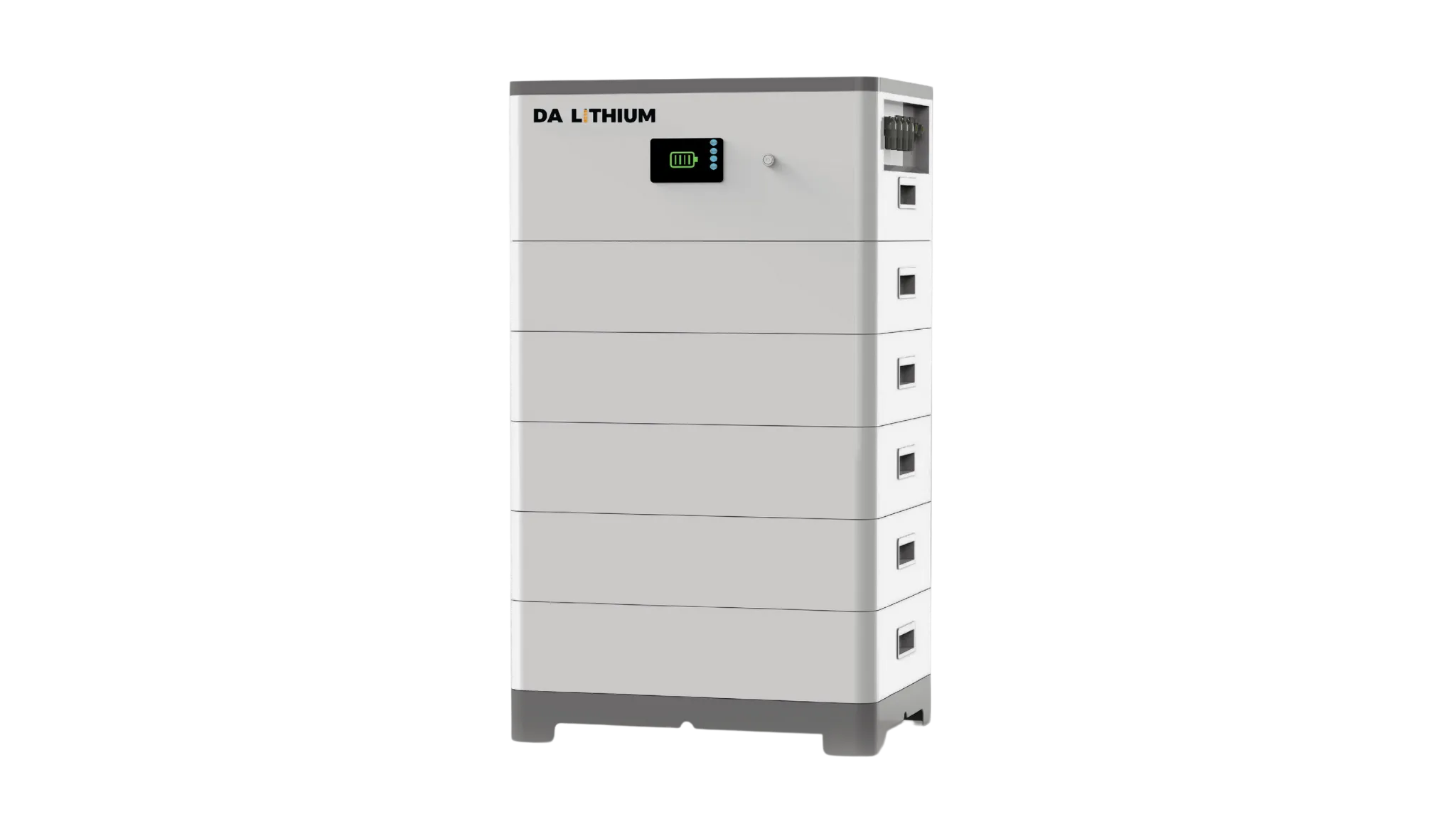
Below are some of the most popular models:
| Battery Voltage | Battery Capacity | Battery Case |
| 48V/51.2V | 100Ah | Power Wall mounted |
| 48V/51.2V | 100Ah/200Ah | Rack-mounted |
| 153.6V 3module | 100Ah | Modular high-voltage |
| 204.8V 4module | 100Ah | Modular high-voltage |
| 256V 5module | 100Ah | Modular high-voltage |
| 307.2V 6module | 100Ah | Modular high-voltage |
Subtitle for this section
Why choose DALITHIUM Household Energy Storage System?
Powerful, reliable and simple.
1,Support a variety of communication protocols, support CAN485, RS232, etc.
2,Modular structure for easy installation.
3,Long cycle life.
4,Intelligent battery management system.
5,LED lights display the parameters of the equipment in real time.
6. Support up to 16 groups in parallel.
7, Can be used with hybrid inverter.
8, Modular free stacking, easy to use, a variety of choices
Welcome Customized Order
Quality control advantages
With years of experience in lithium battery manufacturing, and a large number of test equipments. It can better guarantee the quality
of products and prevent bad products from being in the factory. Reduce customer complaint rate and make customers
worry-free.
The experienced after-sales team can provide after-sales service in both Chinese and English to ensure and mantain all concerns and claims that happens to the customers can be responded and resolved within 24 hours.
In accordance with the principle that meeting the needs of customers is our mission, the whole team of DALithium will devote themselves to
meeting the needs of customers.
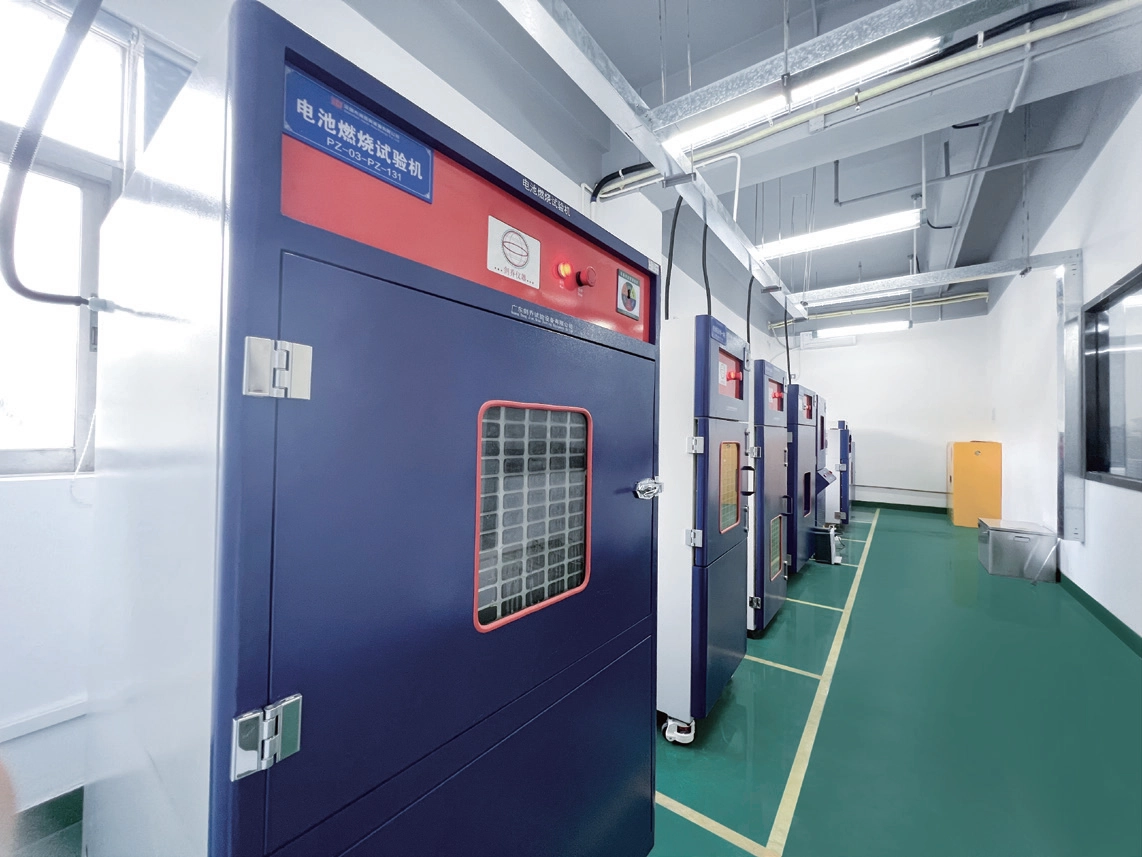
Below are some of the most popular models:
We have ISO9001 certification, and there are corresponding QC controls from incoming materials to production and then to shipment. The battery pack will be divided into cells before assembly, and the battery pack will be subjected to an aging test before leaving the factory, and it can be shipped only after it is confirmed to be normal.
Frequently Asked Questions
Description for this block. Use this space for describing your block. Any text will do.
A battery energy storage system is a rechargeable battery system that stores energy from a solar array or grid and provides that energy to a home or business. Because they contain advanced technologies not found in ordinary batteries, they can easily perform certain tasks that used to be difficult or impossible, such as peak shaving and load shifting.
The answer is simple, a home battery system stores electricity so you can use it at other times. A household’s energy needs are not at the same level throughout the day, especially when some or nobody’s at home. It means that at certain times of the day, the power generated by the solar panels is not being fully utilized. Of course, when the sun goes down or the weather is particularly bad, solar photovoltaics cannot generate electricity, and electricity needs to be drawn from the grid to supply power to the home. Home battery means you can store solar energy for use before you need to draw power from the grid.
Most manufacturers and installation professionals have tools to help you determine your specific needs. Otherwise, if you have enough time (and patience), you can find the wattage of each individual device you want to power, then follow the DOE steps to properly tune your battery storage system. Also, keep in mind that a system paired with a solar panel can power your home indefinitely.
The number of batteries you need depends on the type of battery, the storage capacity of the battery, the size of your solar system, the energy needs of the circuits and appliances you wish to power, and the length of time you wish to power your circuits/devices.
The best way to estimate your energy needs is to figure out the kilowatt-hours(KWh) you will need in the event of a power outage and compare that to the capacity and specification of the batteries and systems you are considering.
Backup battery systems are typically charged by utility grid power or solar power. If you live in a sunny area, then consider using solar power to charge your batteries during the day. Or, if your outages are infrequent, consider using electricity to charge your batteries when it’s less expensive.
You need to carefully consider your peak load in kilowatt-hours per day when calculating how much battery power you need. If your energy needs are low – such as lighting – then most backup systems will be able to handle it. However, if you need to run items such as sump pumps, air conditioners or restart loads, then you also need to account for peak loads.
